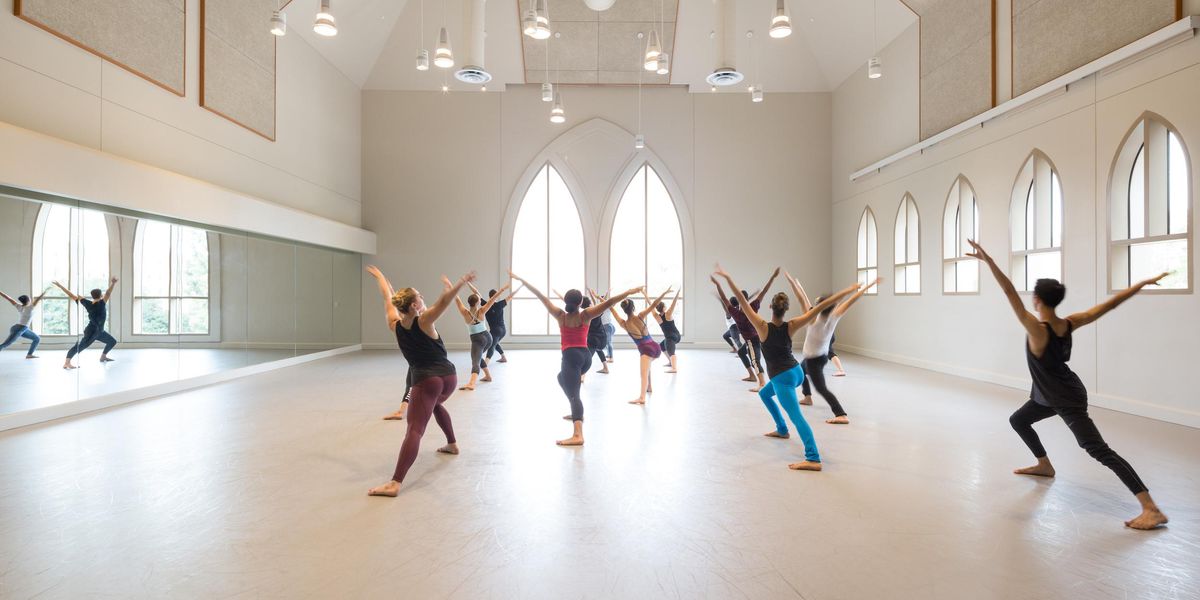Down for the Count
NBoC bounces back from last season, when 16 dancers were out due to injury.
Company class at National Ballet of Canada. Photo by Aleksander Antonijevic, courtesy NBoC.
When National Ballet of Canada’s Jenna Savella made her entrance in Alexei Ratmansky’s Piano Concerto #1 in Toronto last May, she created the kind of drama you least want to experience at the ballet. While sliding onstage, her shoe got caught on the floor, spraining a ligament in her foot that forced the recently promoted dancer to wear a walking cast for four weeks.
But she was not NBoC’s only sidelined dancer. An unprecedented 16 company members, almost a quarter of the ballet’s 67 dancers, were out last season due to injuries. The wounded ran the gamut, from principals and soloists to young members of the corps de ballet. The injuries themselves were similarly across the board: Guillaume Côté hurt his knee dancing The Nutcracker; recently anointed principal dancer Elena Lobsanova succumbed to a foot injury; and Evan McKie suffered from a herniated disk. “It’s a blow when a company has to deal with lots of simultaneous injuries,” says McKie, who had to forfeit key roles. “But it brings a company closer together because dancers have to teach each other steps and assume responsibility for the production.”
That cohesiveness was apparent when the National Ballet presented its lavish production of Rudolf Nureyev’s The Sleeping Beauty in June. Faced with a shortage of dancers, artistic director Karen Kain made the bold decision to bring forward several from the lower ranks to dance the ballet’s lead roles for the first time. Stars were born of necessity, like Harrison James, who leapfrogged to the position of first soloist from the corps after taking on the role of Prince Florimund.
But the National Ballet isn’t taking this happier-than-usual ending for granted. Plans are under way to expand the company’s Dancer Health and Wellness Programme. Je-an Salas Leavens, a former company dancer turned Pilates instructor and a member of the health team, has been working closely with the company to enhance its current system with increased monitoring of injured dancers. “The dancers will undergo a detailed evaluation based on me observing them closely in class and in rehearsal,” says Salas Leavens. “The long-term goal is to ensure the dancers’ health following an injury and before they resume full-time dancing.”
“We have one of the most highly regarded dancer wellness programs in the world,” says Kain. “We’re just going up one level.”




